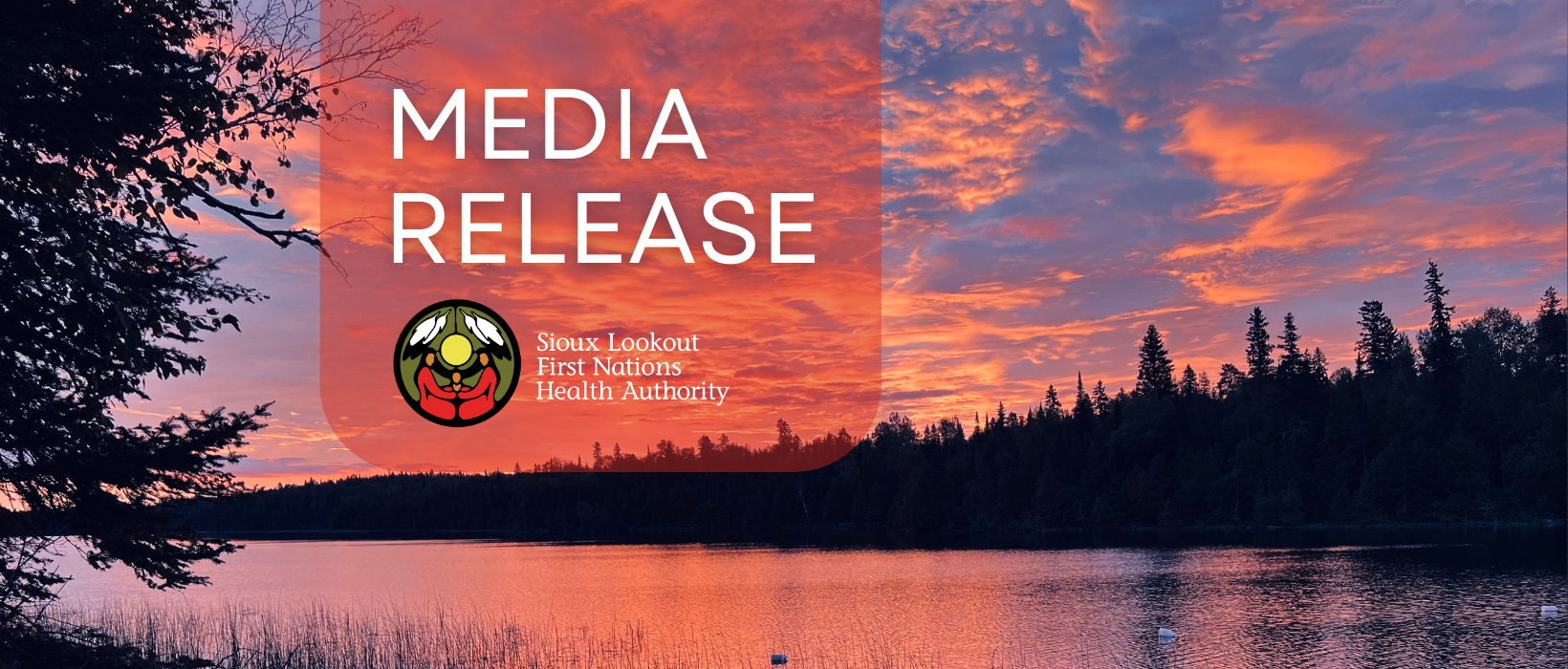A new report by Sioux Lookout First Nations Health Authority (SLFNHA) highlights that First Nations families are spending nearly a quarter of their monthly income on basic foods.
The report, The Cost of Eating Well in Kiiwetinoong: An update on food affordability in Sioux Lookout area First Nations, confirms long-standing regional inequities in the affordability and availability of nutritious store foods in Sioux Lookout area First Nations communities.
This report used the National Nutritious Food Basket (NFB) survey and the Revised Nutritious Food Basket (RNFB) survey to collect food costing data on the cost per week needed to purchase enough food to meet the needs of a hypothetical family of four. The report found that in August and September 2022 the average monthly cost of a healthy diet from three community-based stores was $1769.43. This cost was about 37-69% higher than a similar healthy diet purchased in other Ontario towns and cities. As of March 2021, the RNFB costs for a hypothetical family of four in Sioux Lookout area First Nations was between 22% and 62% of their total income, meaning, at a minimum, nearly a quarter of the monthly income is spent on
basic foods. Budget guidelines published by the Credit Counselling Society suggest that only 10-20% of a household income should be spent on food, including personal care items.
“Communities have raised concerns about the high cost of food and its relationship to illnesses like diabetes. Our report underscores the urgent need for collaborative efforts among government agencies, community partners, and private sector to implement sustainable, community-led solutions that improve food affordability and food security,” says Janet Gordon, Vice President, Community Health.
A 2019 study on geographic and socio-demographic predictors of household food insecurity found that food insecurity is disproportionately faced by Indigenous households – with 28% experiencing food insecurity compared to 11% in non-Indigenous families in Thunder Bay (Tarasuk et al., 2019). The research found this rate is even higher in remote northern First Nations communities. Several factors intensified food insecurity during the COVID-19 pandemic, including the disruption of the already precarious food supply chain, reduced or limited travel in and out of communities, and protection measures such as self-isolation, limiting staffing at stores and community food distribution points, and reduced ability to harvest
and store wild foods.
“We will use this report to help advocate for more resources and supports to address the high cost of food and other inequities impacting First Nations communities,” says Candi Edwards, Director of Approaches to Community Wellbeing at SLFNHA. “Our efforts will continue to focus on supporting community food sovereignty initiatives, exploring opportunities to negotiate prices with vendors, and advocate for policy
changes that prioritize Indigenous food sovereignty and address issues such as land rights, food security, and environmental protection.”
This report comes more than a year after SLFNHA released its diabetes report, Shookaawaapinewini Maawantoonikewin. Findings in the diabetes report show that people living in Sioux Lookout area First Nations are getting diabetes at a younger age and are experiencing severe complications at a higher rate
compared to the rest of Ontario. Community members shared that lack of affordable food choices makes preventing and living well with diabetes very difficult.
Both the diabetes and food affordability reports have been released as an urgent call-to-action to address health inequities caused by systemic racism and colonial policies that have altered the Anishinaabe way of life. These reports provide community-led direction for advocacy to address long-standing obstacles to healthy infrastructure for Sioux Lookout area First Nations communities.
The full report, The Cost of Eating Well in Kiiwetinoong: An update on food affordability in Sioux Lookout area First Nations, is available on the SLFNHA website at www.slfnha.com/resources
For media requests please contact:
Nick Sherman
Communications Manager
807-356-4684
communications@slfnha.com
